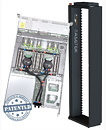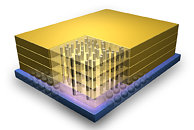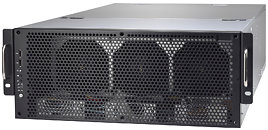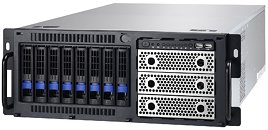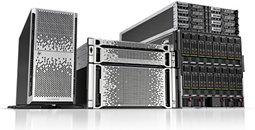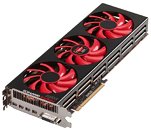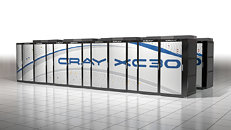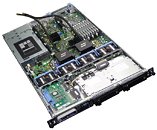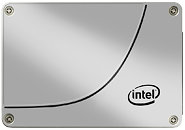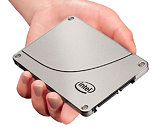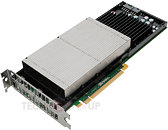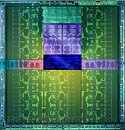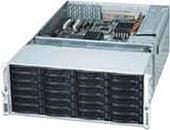
Asetek to Demo RackCDU Liquid Cooled 92 Node HPC Cluster at SC13
Asetek will showcase its range of RackCDU hot water liquid cooling systems for HPC data centers at SC13 including a running 92 node cluster cooled by RackCDU D2C (Direct to Chip) with monitoring software providing real-time reporting and alerting in Denver, Colorado - November 18-21.
Asetek's RackCDU range includes RackCDU D2C and RackCDU ISAC (In-Server Air Conditioning). RackCDU D2C provides cooling cost reductions up to 80% and density increases of 2.5x-5x. RackCDU ISAC provides cooling cost reductions exceeding 80% and enables operation without concern for air quality. Operating demonstrations of both technologies will be on display in Asetek's booth #4329.
Asetek's RackCDU range includes RackCDU D2C and RackCDU ISAC (In-Server Air Conditioning). RackCDU D2C provides cooling cost reductions up to 80% and density increases of 2.5x-5x. RackCDU ISAC provides cooling cost reductions exceeding 80% and enables operation without concern for air quality. Operating demonstrations of both technologies will be on display in Asetek's booth #4329.
